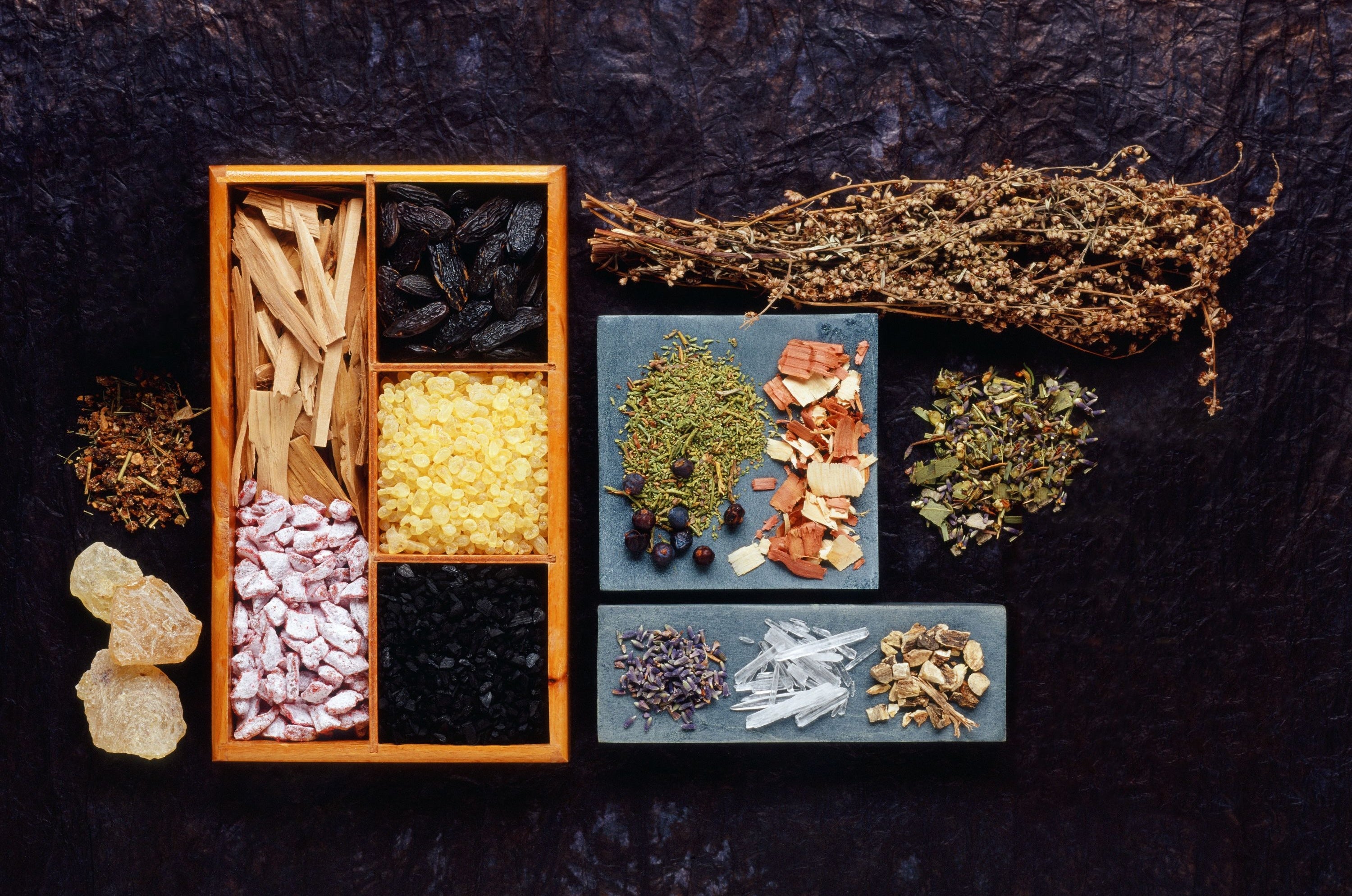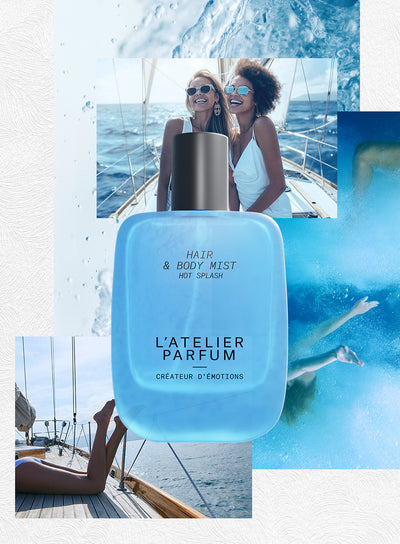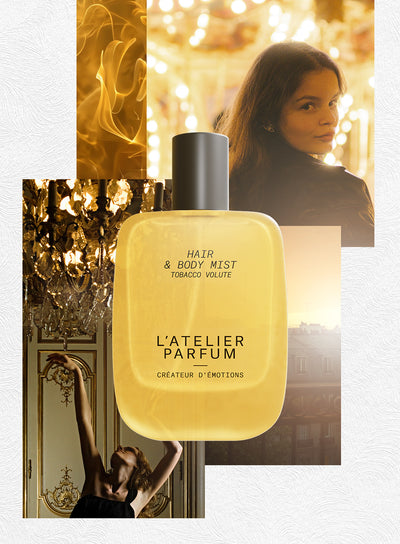- Histoire, Terre de Parfum
- L'Atelier Parfum
Land of Perfume: Egypt

It is Ancient Egypt that fostered the awakening of olfactory blends, thanks in part to the Nile Valley, which was favorable for the cultivation of many aromatic plants. This region became the supplier of various essences and ben oil (an oil extracted from the seeds of a shrub native to Asia and North Africa, moringa peregrina).
Initially intended for the gods, the perfume was burned on sacred altars. It also played a role in the rituals of embalming and mummification. The Egyptians were fascinated with the fate of the human soul after death; the body of the pharaoh was preserved, and great care was taken in the mummification process—refining the art of perfumery as much as their devotion to the monarch. No ritual was complete without an incense burner and the act of burning incense.
Every day in the temples, the gods were honored with fragrant offerings. Incense and flowers were presented to the deities and the ruler, whom the priests represented. These sacred rituals were performed in the form of aromatic fumigations at least three times a day; in the morning, resin was used, at noon myrrh, and in the evening kyphi.
Generally, these mixtures contained between ten to sixteen ingredients: aromatic tigernut, honey, cinnamon, myrrh, juniper berries, and sandalwood, but also terebinth, juniper seeds, spikenard, broom flowers, and fragrant reed.
The preparation of perfumes and other liturgical oils was mainly carried out indoors, in laboratories, because at the time it was primarily the priests who mastered the art of perfumery; they can thus be considered the first perfumers. Nevertheless, the laypeople did not forgo it, discovering its aphrodisiac and therapeutic virtues and placing great importance on it in their daily lives—especially incense. Perfume was associated with various aspects of social life, including festivities, funeral events, and numerous rituals.
Perfume is linked to both life and death, the profane as well as the sacred, therapeutic benefits as well as the cult of the body, and the arts of seduction. As alcohol-based perfume did not yet exist, raw materials were used: flowers, aromatic plants, and resins.
The art of the ancient Egyptian perfumer represents a truly distinctive craftsmanship. In his Natural History (Book XII, 7), Pliny the Elder recounts the two elements required to create a perfume: the liquid part (sucus) and the essence (corpus). Ideally located at the crossroads of Eastern and African traditions, the Alexandrian perfumers had a perfect mastery in the production of perfumes and ointments.





